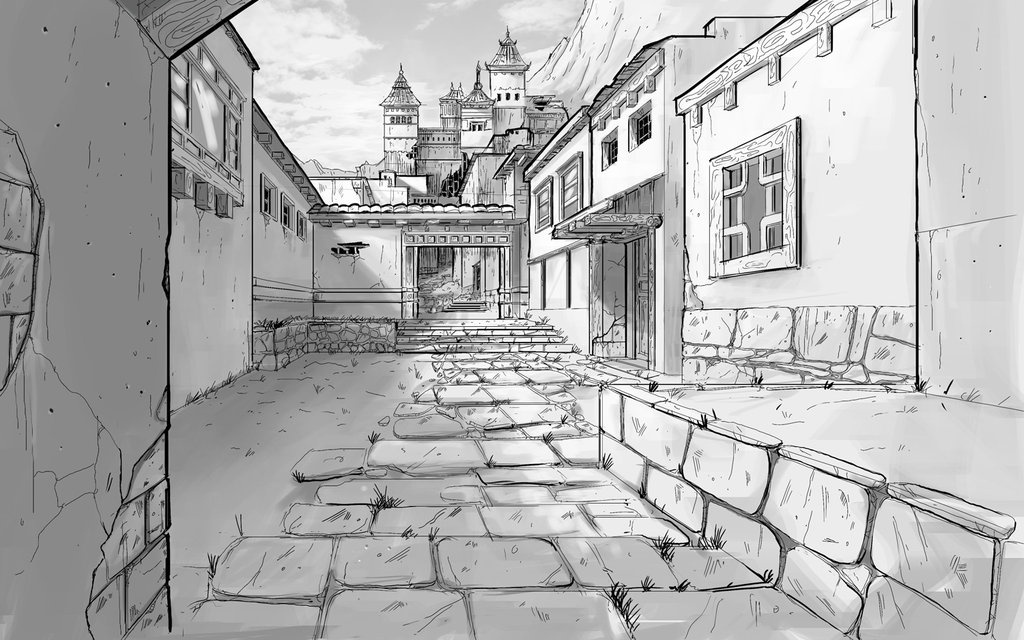In this article we will detail what the linear perspective in art is and define linear perspective in art. We will also look at the linear perspective on the examples of the works of famous artists.

What is linear perspective in art?
The linear perspective definition in art refers to a space alignment system that makes simple and flat surfaces deeper and provides the ability to create additional volume. With this perspective, optical effects can be reproduced, creating depth.Linear perspective is often called geometric or optical. It is based on the reproduction of the world by the human eye. For example, objects that are closer to the observer will be larger than those that are farther away. The angle of objects in the line of sight will be shorter.
Construction principles
Turning to theory, we will designate three main principles that are applied when creating a drawing to build the correct linear perspective.- Nearby objects (eg trees, buildings) are drawn in front of those behind them, and a partial overlap effect is created.
- Far objects from us should be lighter, that is, they do not need to be drawn with thick lines, and a feeling of air space should be created.
- To create a distance effect, distant objects must be smaller than those in the foreground.
You can see this if you look around you. In reality, all the lines in the room are either parallel or perpendicular to each other. But when we draw in perspective, our parallel lines begin to converge, and the farther they are from us, the closer they are to each other.
When we understand what is linear perspective in art, let’s take a look at an example of linear perspective in art and see how artists built space through linear perspective at different times. And why did they sometimes break some of her rules?
When we understand what is linear perspective in art, let’s take a look at an example of linear perspective in art and see how artists built space through linear perspective at different times. And why did they sometimes break some of her rules?
Examples of linear perspective in art
Leonardo da Vinci’s with his "The Last Supper" is the greatest among the best examples of linear perspective in renaissance art. Perspective lines are easy to draw along the lines of the ceiling and curtains. They connect at one vanishing point. Through the same point passes the horizon line or the line of the eyes.The vanishing point is in the area of the face of Christ. And the line of the horizon passes through his eyes, as well as through the eyes of some of the apostles.
Antique fresco from the Villa of Fannius Sinister in the Boscoreal. If we draw perspective lines along facades and surfaces, we will find as many as three vanishing points and three horizon lines.
Ideally, all lines should converge at one point, which is located on the same horizon line. But since the space was built intuitively, without knowing the mathematical basis, it turned out just like that.

















